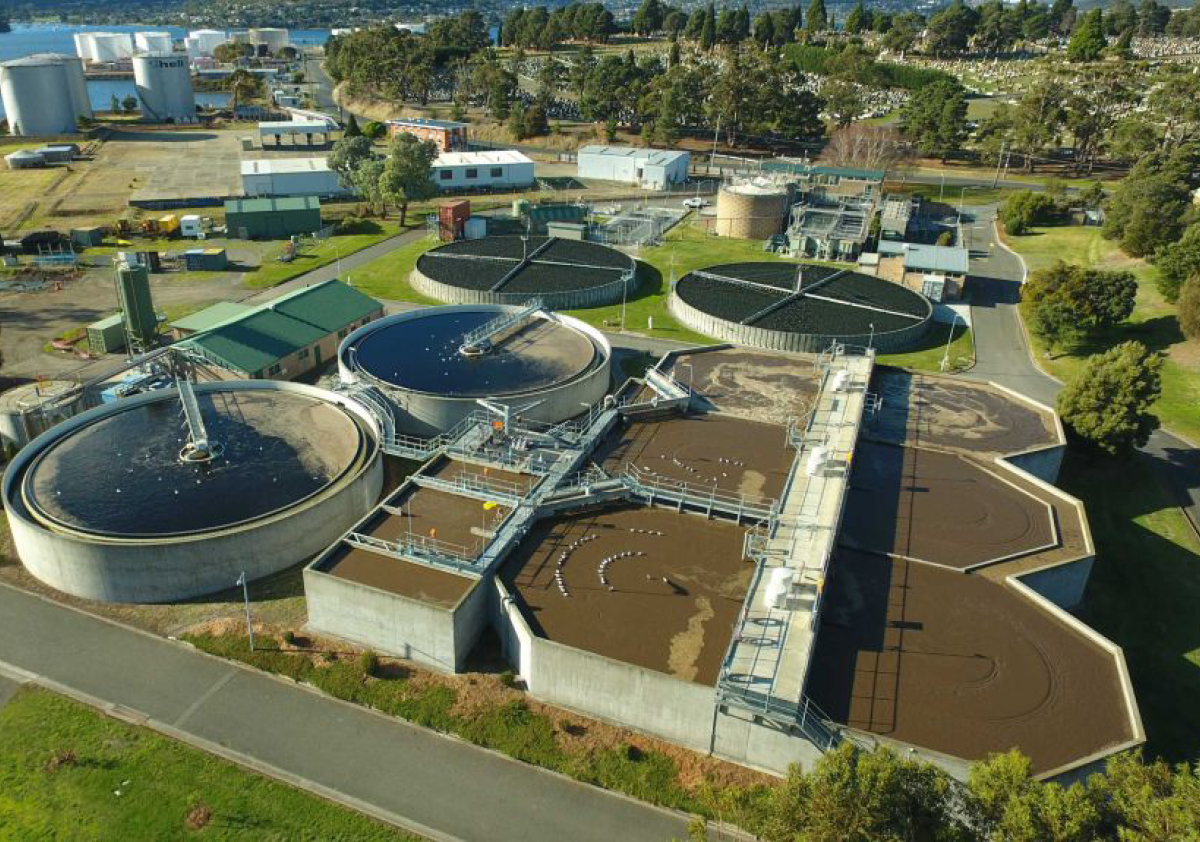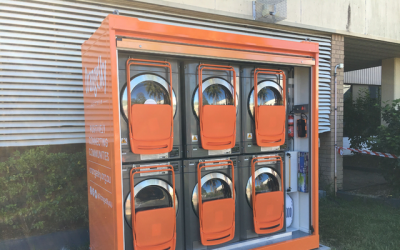Australia to test sewage for SARS-CoV-2
Detecting SARS-CoV-2 in sewage – community screening at its best.
“…if you see a media article telling you that there has been a positive detection at the STP where you live, get tested at the slightest symptom…”
COVID-19 has had a massive impact on all of us – from working from home, cancelled overseas holidays, and the inability to cross back and forth across state borders. At some point we will return to normal – but given that we are using a suppression, not elimination strategy, this will likely require rapid responses to outbreaks.
There have been a number of recent newspaper articles that have highlighted where there have been detections of SARS-CoV-2 RNA fragments in wastewater.
What does this mean, and what can we do with the results?
+ Detecting SARS-CoV-2 in sewerage
There is a Water Research Australia national collaboration amongst researchers that is called ColloSSoS – the collaboration on sewage surveillance of SARS-CoV-2. https://www.waterra.com.au/research/communities-of-interest/covid-19/ This collaboration involves a number of researchers involved; for example, many councils or water authorities that are facilitating the collection of samples and high quality research organisations including CSIRO and a number of different university laboratories.
+ How it works
Essentially, the principle is as follows: people infected with SARS-CoV-2 shed virus particles. This includes through faeces, and therefore, wastewater can contain these particles. By collecting a sample of wastewater at the influent of the sewage treatment plant, this captures a sample that integrates the sewage catchment upstream of the treatment plant. If the sample is a composite sample, it should capture a proportion of each persons contribution to the effluent.
The detection of virus particles definitively indicates that someone within the sewage catchment is currently infected with, or has recovered from SARS-CoV-2. That is, a positive result clearly identifies that the virus is present in that community. This is not necessarily indicative of an immediate public health risk (e.g. if it is due to a recovered, but non infective person continuing to shed the virus particles).
The early research in this space (from the Netherlands) suggested that the researchers were able to detect virus particles prior to traditional methods (e.g. testing of symptomatic patients) confirming the presence of an outbreak. Therefore, despite the uncertainty, it provides an opportunity to screen at a community level.
+ The unknown
There are however also many unknowns here. For example, to what extent are virus particles shed? How many people in a community have to be infected before the scientists can detect it? Do the particles degrade within the sewage system such that they are undetectable after a period of time? Does detection depend on where you live in relation to the treatment plant? As such it is not possible to quantify how many people may be infected in the community. It is also not possible to rule out completely that the virus is circulating undetected (e.g. below the detection threshold).
While the research is ongoing, that should not in my view delay the application of this testing. For example, a positive result was identified in Airlie Beach. https://www.health.qld.gov.au/news-events/doh-media-releases/releases/covid-19-viral-fragments-detected-in-airlie-beach-sewage Similarly, there have been detections in some treatment plants in Victoria.
+ How we should respond
I disagree with one aspect of the CHO media statement; Dr Young stated “I’m not concerned about the finding of these viral fragments and it should be of no concern to the community”. This statement is, in my view, only justified if you are certain that the result is from a recovered patient, not from an active case. I think it is a reason for increased vigilance.
In my view, we should be targeting this testing at vulnerable communities or locations (e.g. Indigenous communities, aged care facilities). A positive detection should then result in an increased testing regime and vigilance within that area – it could even be used to pre-emptively introduce restrictions. We are not there yet, but that is the potential of this type of research.
In essence, if you see a media article telling you that there has been a positive detection at the STP where you live, get tested at the slightest symptom. In so doing, we have a chance to stay on top of outbreaks and prevent further hard lockdowns.







